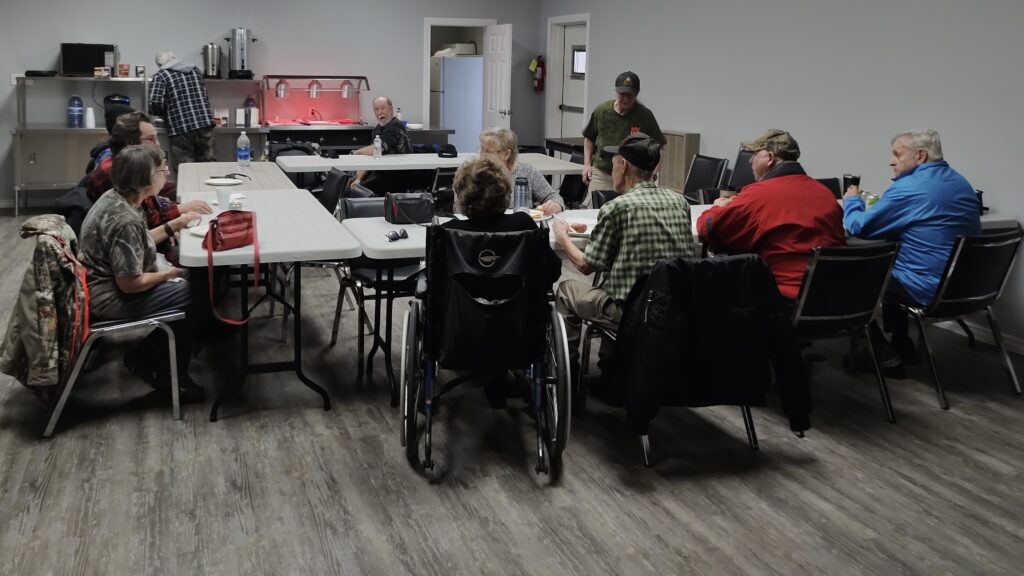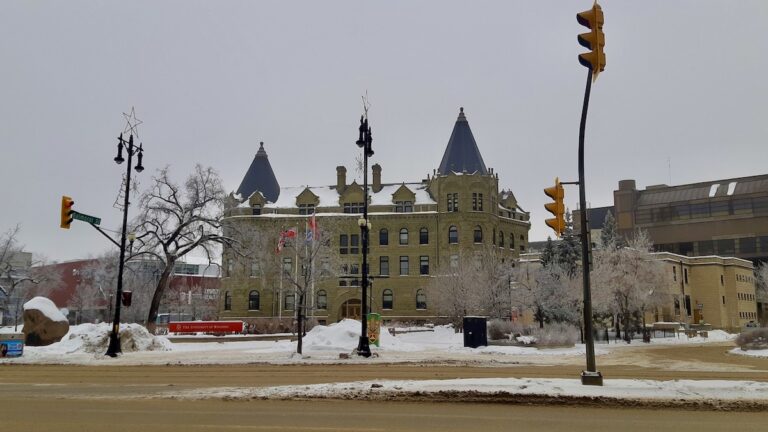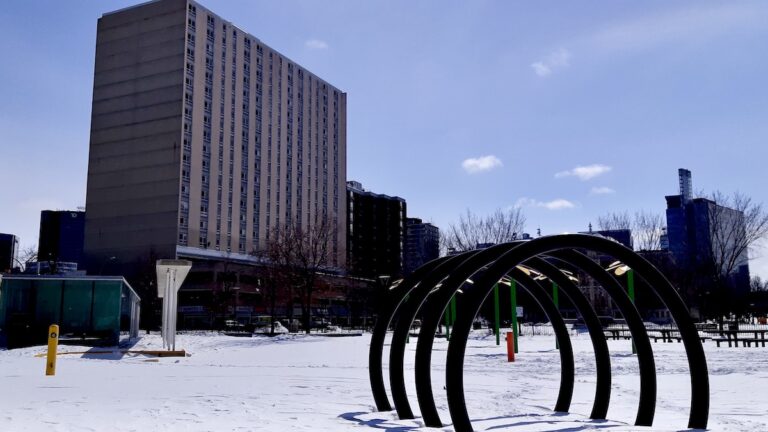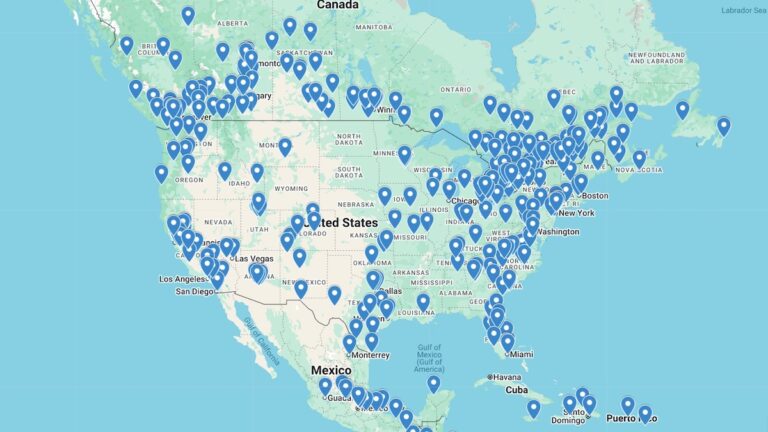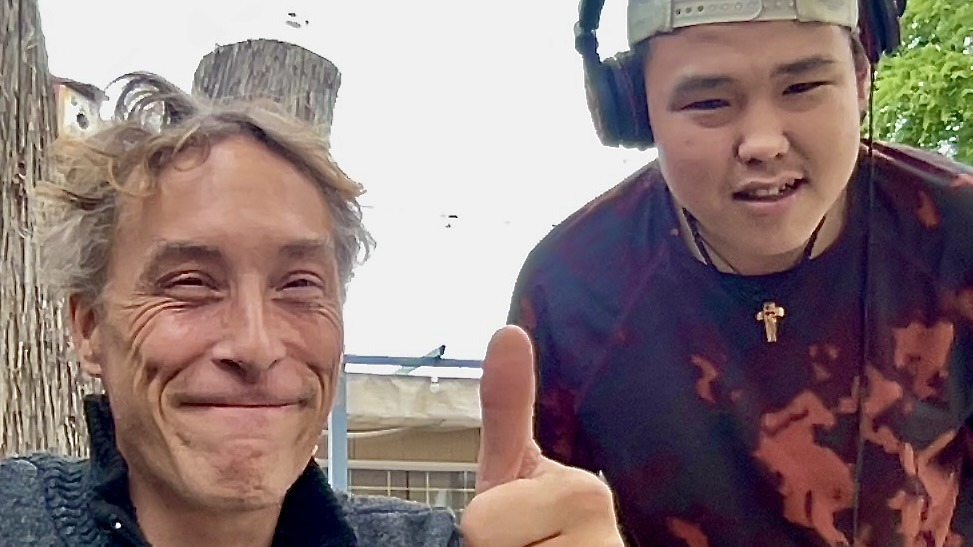
MELGUND TOWNSHIP, ONTARIO—This summer, The Arts Incubator is focused on preserving culture through storytelling. In partnership with the Melgund Township-based Art Borups Corners collective, the program is working with local artists to blend traditional knowledge with new digital tools, creating a way for stories to be passed down through generations.
Workshops have been teaching artists how to use digital arts and archiving to save traditional stories. “For many remote communities, where stories and traditions are passed down orally, using digital tools to record them ensures they’ll be around for future generations,” says Jamie Bell, one of the founding members of The Arts Incubator team. “It’s about respecting traditional practices while also preparing for a larger program we hope to launch this fall.”
Now in its third year, the summer program began with a grant from the Canada Council for the Arts in 2022. This year, it’s funded by the Ontario Arts Council’s Inter and Multi-Arts program. Eva Suluk, an artist and community-based researcher and a founding member of The Arts Incubator, explains the program’s unique structure. “Our fall and winter programs are run from our main Winnipeg hub, but we deliberately host most of our spring and summer programs in community, where we are able to see more activities happening on the land.”
This approach sees art as a key way to keep culture alive. Giving artists a platform to create and archive traditional stories digitally, the program is actively helping to reclaim and revitalize cultural connections in a world that is increasingly online.

Connecting Across Generations and Bridging the Digital Divide
Youth artist Tony Eetak agrees. “As people get older, we need to get more young people to take part.” Growing up around artists, and a founding member of The Arts Incubator, he says it’s important for communities to address the need for youth leadership pipelines, and to get more active in shaping programs. “We need to connect with our Elders while they are still alive.”
The program also works hard to connect different generations. “Many of the Elders who helped with our original projects have now passed away,” Suluk says. “We have an increasingly aging population, and we need to build those leadership roles for our young people and get them ready to take on more responsibility for community programs. That’s why our summer programs are designed to do exactly that by taking things off the screen, out of the city boardrooms, and back to the land.”
Bell agrees, noting that some of their best experiences have happened outside traditional arts environments. “We’ve had a few people say, ‘Are you in a tent right now?‘ and I’m like, ‘Yup. Why not?'” He says the change of environment is a welcome shift, one that has often been limited for northern communities due to a lack of bandwidth.
That’s why digital tools are a big focus this year. “We’re quite privileged that a lot of our projects typically have access to considerable bandwidth and resources. But many artists in the rural and northern communities we work with have always had a challenge with connectivity,” Bell says. “It’s only been in the last year or so where new technologies like Starlink have been able to bridge the digital divide. After all, artists can’t make good use of what they don’t have access to.”
He says the challenge has shifted from not having access to digital tools to learning how to use them to support community arts and programming. To facilitate that, a big focus has been on introducing artists to content management systems like WordPress, along with databases and digitization techniques, to help communities collect and manage their own histories and to have the power to construct and communicate their own stories. And it’s not just about learning to edit a short video or enhance a photo. “Some of what we’re doing is incredibly basic,” says Bell. “Just introducing tools like Google Photos, Canva, and Whisper and what they can do makes a big difference.”
“It’s nothing for a city-based program to videoconference, bringing in virtual guest speakers and experts to amp up weekly sessions,” he says. “Now, those digital barriers are coming down, and it’s about being able to connect with partners in places like Ottawa, Minneapolis, and beyond almost every other week. Our audiences are no longer limited to being in a bubble.”
Bell stresses that this is a two-way street, where northern artists are no longer just passive recipients. “A lot of northern arts programming is still dominated by southern interests, where they helicopter in, do their thing, and leave. It’s often been about people coming into the North,” he says. “But that’s changing. Now, northern artists and communities are increasingly able to showcase their own work and shape the narratives themselves, sharing their incredible contributions with regional, national, and even international audiences.”
In the end, this summer incubator is about more than just technology, art and stories. It’s about equalizing a long-standing power dynamic. The program is a based on the idea that when northern artists and communities are empowered with the resources they need, they can confidently shape their own cultural identity and share their vital contributions on their own terms.
This year’s summer program runs until the end of October. You can find more details at artsincubator.ca.
